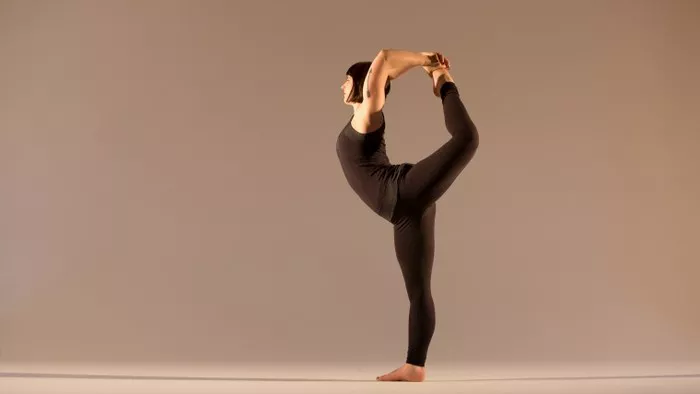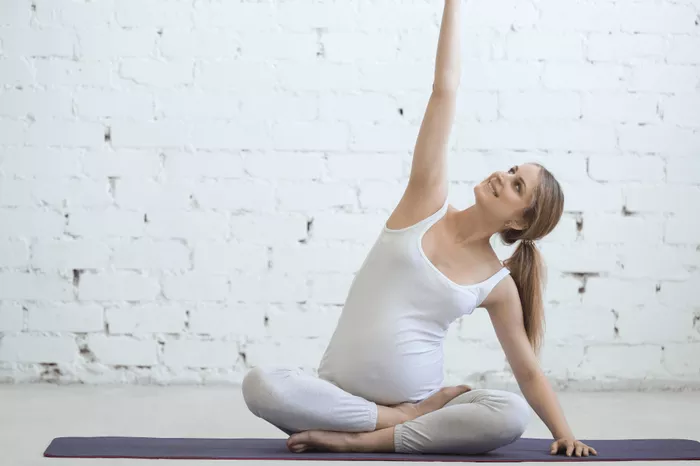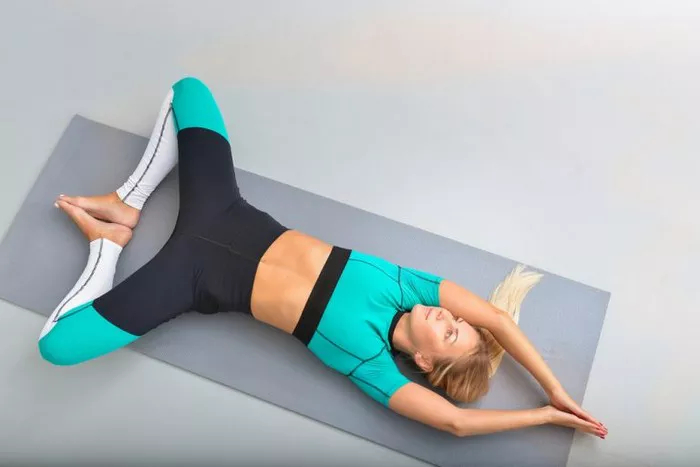Herniated discs, often referred to as slipped or ruptured discs, can cause debilitating pain and discomfort. This condition occurs when the soft center of a spinal disc pushes through a crack in the tougher exterior casing. While traditional treatment methods such as medication, physical therapy, and surgery are commonly prescribed, there has been growing interest in complementary therapies like yoga as a potential way to manage symptoms and improve quality of life for those with herniated discs.
Understanding Herniated Discs
Before delving into the potential benefits of yoga for herniated discs, it’s crucial to understand the nature of this condition. The spinal column is made up of vertebrae stacked on top of each other, with spinal discs acting as cushions between the vertebrae. These discs have a tough, rubbery exterior (annulus fibrosus) and a soft, gel-like interior (nucleus pulposus).
When a disc herniates, the soft interior pushes out through a tear or weakness in the exterior casing. This can irritate nearby nerves, leading to symptoms such as:
- Pain: Typically felt in the lower back, buttocks, and legs, the pain may worsen with movement, coughing, or sneezing.
- Numbness or tingling: Radiating down the leg, this sensation is often described as pins and needles.
- Weakness: Muscles served by the affected nerves may weaken, leading to difficulty in lifting objects or controlling leg movements.
- Changes in reflexes: Reflexes may be diminished or exaggerated in the affected area.
The Role of Yoga
Yoga is an ancient practice that combines physical postures, breathing exercises, and meditation to promote overall well-being. While it’s not a cure for herniated discs, yoga can be a valuable component of a comprehensive treatment plan for managing symptoms and improving spinal health. Here’s how yoga may benefit individuals with herniated discs:
1. Strengthening Core Muscles:
Yoga postures often engage the core muscles, including those around the spine. A strong core provides better support for the spine, reducing the risk of further injury and alleviating pressure on herniated discs. Poses such as Plank, Boat, and Bridge can help strengthen the abdominal, back, and pelvic muscles, promoting stability and proper alignment.
2. Improving Flexibility:
Gentle stretching exercises in yoga can help improve flexibility and range of motion in the spine and surrounding muscles. This can alleviate stiffness and reduce the likelihood of muscle imbalances that contribute to back pain. Practices like Cat-Cow, Child’s Pose, and Forward Fold gently stretch the spine, hips, and hamstrings, enhancing mobility and reducing tension.
3. Enhancing Posture Awareness:
Yoga encourages mindfulness and body awareness, allowing individuals to identify and correct poor posture habits that may exacerbate herniated disc symptoms. Through regular practice, practitioners become more attuned to their alignment and learn to maintain a neutral spine during everyday activities, reducing strain on the affected area.
4. Promoting Relaxation and Stress Reduction:
Chronic pain and discomfort associated with herniated discs can lead to heightened stress and tension, further exacerbating symptoms. Yoga incorporates breathing techniques and meditation practices that promote relaxation, calm the nervous system, and reduce stress hormones like cortisol. As stress levels decrease, pain perception may also diminish, improving overall well-being.
5. Facilitating Mind-Body Connection:
Yoga emphasizes the connection between the mind and body, fostering a holistic approach to healing. By cultivating mindfulness and self-awareness, individuals with herniated discs can better understand their body’s limitations and respond to signals of discomfort with compassion and self-care. This mind-body connection can empower individuals to make healthier choices and take an active role in their recovery journey.
Precautions and Considerations
While yoga can offer numerous benefits for individuals with herniated discs, it’s essential to approach the practice mindfully and seek guidance from a qualified instructor, particularly if experiencing acute symptoms. Here are some precautions and considerations to keep in mind:
1. Consult with a Healthcare Professional: Before starting any new exercise regimen, especially if dealing with a herniated disc, consult with a healthcare professional to ensure yoga is safe and appropriate for your condition.
2. Modify Poses as Needed: Listen to your body and modify yoga poses as necessary to avoid exacerbating symptoms. Avoid poses that cause pain or discomfort, and focus on gentle movements that promote healing.
3. Emphasize Proper Alignment: Pay close attention to alignment cues from your yoga instructor to prevent strain on the spine and surrounding muscles. Engage the core muscles to support the spine and maintain a neutral alignment in poses.
4. Avoid Overexertion: Be mindful not to push yourself too hard, especially in poses that require bending or twisting of the spine. Respect your body’s limitations and take breaks as needed to prevent overexertion.
5. Stay Consistent: Consistency is key to experiencing the benefits of yoga for herniated discs. Incorporate yoga into your routine regularly, starting with shorter sessions and gradually increasing duration and intensity as tolerated.
Conclusion
While yoga alone may not cure a herniated disc, it can be a valuable adjunct therapy for managing symptoms, improving spinal health, and enhancing overall well-being. By strengthening core muscles, improving flexibility, promoting relaxation, and fostering mindfulness, yoga empowers individuals to take an active role in their recovery journey and find relief from pain and discomfort associated with herniated discs. As with any exercise program, it’s essential to approach yoga mindfully, listen to your body, and seek guidance from qualified professionals to ensure a safe and effective practice.
FAQs:
Is it better to rest or exercise a herniated disc?
It’s generally better to engage in gentle exercises rather than complete rest for a herniated disc. Staying immobile can weaken surrounding muscles and prolong recovery. Low-impact activities like walking, swimming, or specific exercises prescribed by a physical therapist can help strengthen muscles and alleviate pain.
Is stretching good or bad for herniated disc?
Gentle stretching can be beneficial for a herniated disc, but it’s crucial to avoid overstretching or aggressive movements that could exacerbate the condition. Stretching exercises that focus on improving flexibility and relieving tension in surrounding muscles can help alleviate pain and improve mobility.
What worsens a herniated disc?
Activities that involve repetitive bending, heavy lifting with poor form, or sudden, jerking movements can worsen a herniated disc. Prolonged sitting, especially with poor posture, can also exacerbate symptoms.
Are planks bad for herniated disc?
Planks can be beneficial for strengthening the core muscles, which support the spine and can help alleviate symptoms of a herniated disc. However, it’s essential to maintain proper form and avoid excessive strain on the lower back. Starting with modified or shorter plank variations and gradually increasing intensity can help prevent aggravating the herniated disc.

















